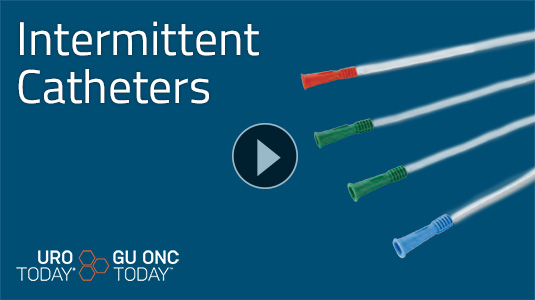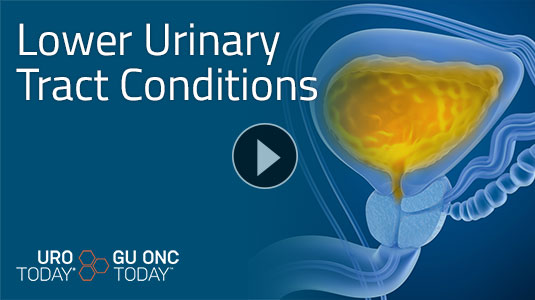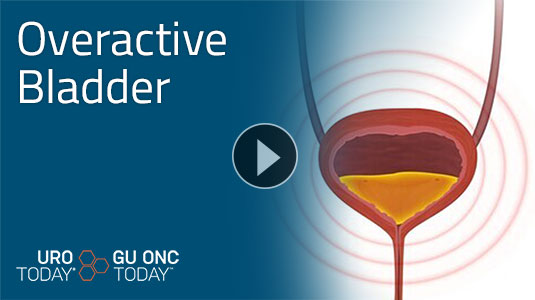- UroToday Home

- Center Of Excellence
Centers of Excellence
Urologic Catheters (Includes CAUTI)
CAUTIs Continue To Be A Challenge!
Catheter-associated urinary tract infections continue to be an issue for clinicians and institutions, particularly hospitals. The Agency for Healthcare Research and Quality (AHRQ) released many documents that clinicians and infectious disease experts will find useful in fighting this problem. One is a Toolkit for Preventing CLABSI and CAUTI in ICUs that offers customizable tools and training resources to prevent central line-associated bloodstream infections (CLABSI) and catheter-associated urinary tract infections (CAUTI) in intensive care units (ICUs).

Diane K. Newman, DNP FAAN BCB-PMD is a Urologic Nurse Practitioner, Adjunct Professor of Urology in Surgery, Research Investigator Senior, Perelman School of Medicine, University of Pennsylvania, and Former Co-Director of the Penn Center for Continence and Pelvic Health. She is the author of several books. The most recent is as lead editor of the 1st edition of the SUNA Core Curriculum for Urologic Nursing and of Clinical Application of Urologic Catheters, Devices and Products.
Intermittent Catheters
Indwelling Catheters
There are other non-infectious IUC-related adverse effects that occur the longer an indwelling urinary catheter (IUC), particularly a transurethral IUC, is used for bladder drainage. They include catheter blockage, urine bypassing, bladder spasms, accidental catheter dislodgement, and non-deflating balloons.
Read MoreThe challenge is to produce a catheter that matches as closely as possible to the normal physiological and mechanical characteristics of the voiding system. Read More
Adherence to general infection control principles: Hand hygiene - the most important factor in preventing nosocomial infections, Aseptic catheter insertion, Proper Foley catheter maintenance, education, and care by nursing staff, Foley catheter use surveillance and feedback.
Read More
Catheter Resource Guides
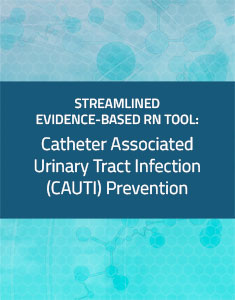
Nurse-Driven CAUTI Prevention: Saving Lives, Preventing Harm and Lowering Cost. Key Practice Strategies to Reduce CAUTI: 1) Fewer Catheters Used, 2) Timely Removal and 3) Insertion, Maintenance, and Post-Removal Care. Informed by Guidelines for Prevention of Catheter-Associated Urinary Tract Infections (CDC, 2017).

This guide and the appended tools are designed to support implementation of evidence-based practices and elimination of catheter-associated urinary tract infections (CAUTI) in your hospital unit.
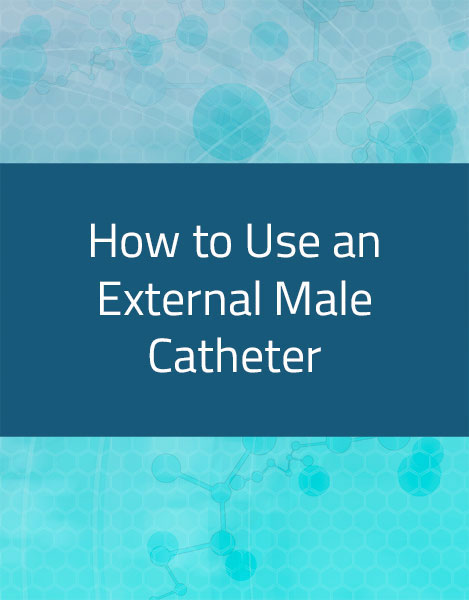
An external catheter is used by a man to collect urine that leaks from the bladder (called “urinary incontinence”). These catheters are also called “urisheath or sheath” or “condom” or “Texas” catheters. This catheter is used on the outside of the body. It fits over the penis and connects to a drainage bag.



(UroToday.com) The Society of Nuclear Medicine & Molecular Imaging (SNMMI) 2024 Annual Meeting held in Toronto, ON between June 8th and June 11th, 2024 was host to a prostate cancer therapy session. Dr. Oliver Sartor presented the updated results of PSMAfore, a phase 3 trial of [177Lu]Lu-PSMA-617 in taxane-naive patients with metastatic castration-resistant prostate cancer (mCRPC).
Read More

